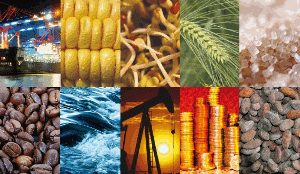Earnings season is underway, featuring Big Oil companies and heavy-machinery maker Caterpillar Inc. Five significant charts for the global commodity markets include insights on oil production growth, silver’s price surge, Brazilian corn harvest impact, peak LNG demand in Europe, and Caterpillar’s influence on mining and construction industries. These highlights provide valuable indicators for market trends.












